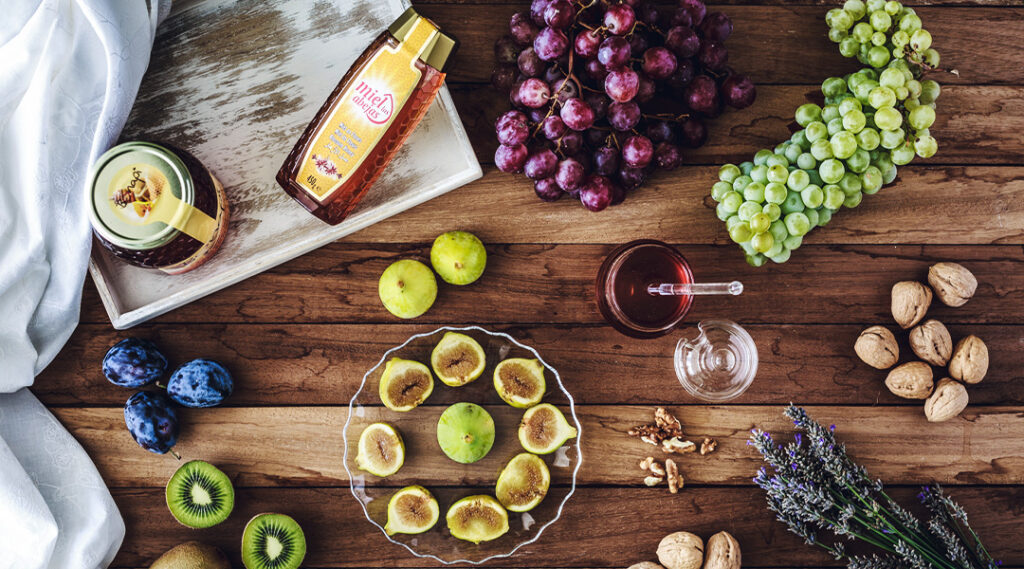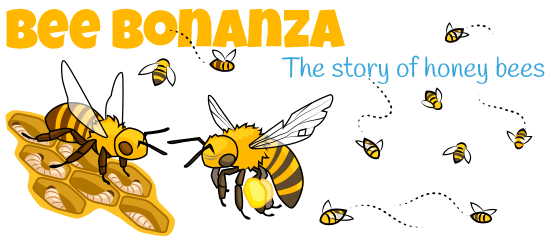
You’ve probably seen that jar of honey tucked away in the back of your pantry, untouched for who knows how long. But have you ever wondered how long honey actually lasts? In this article, we’ll uncover the secret behind honey’s real shelf life and explore whether that jar of golden goodness is still safe to enjoy. So grab a spoon and get ready to discover the truth about honey’s longevity!
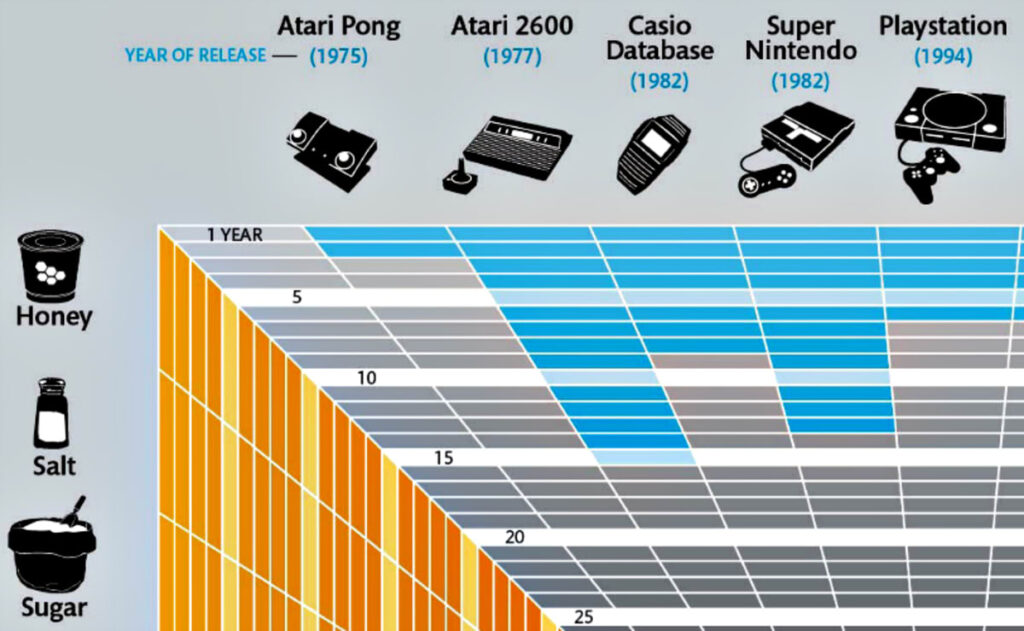
What is Honey’s Shelf Life?
Honey, that golden and luscious liquid, has been enjoyed by humans for thousands of years. But have you ever wondered about its shelf life? How long can you keep that jar of honey before it starts to spoil? In this article, we will decode the real shelf life of honey, exploring the factors that affect its longevity and providing you with tips on how to store it to ensure its freshness.
Defining Shelf Life
Shelf life refers to the period during which a product can be stored without undergoing significant changes in quality or safety. For honey, its shelf life is influenced by several factors, including its natural properties, the way it is processed, and the conditions under which it is stored.
Factors Affecting Shelf Life
Various factors can affect the shelf life of honey. These include the water content, acidity, and the presence of impurities or contaminants. Honey naturally contains very low water content and a high level of acidity, which creates an inhospitable environment for bacteria and other microorganisms. However, certain conditions and processing methods can diminish these natural preservatives and affect the honey’s longevity.
Determining Honey’s Shelf Life
To determine if honey has spoiled, it is important to check for signs of spoilage and understand the quality indicators that can point to degradation.
Checking for Spoilage
Honey is known to have an incredibly long shelf life due to its high sugar concentration and low water activity, making it inhospitable to bacteria and other microorganisms. However, if honey is improperly stored or contaminated, it can spoil. Signs of spoilage include visible changes in color or texture, the presence of mold or fermentation, and an off-putting odor or taste.
Quality Indicators
While honey does not necessarily spoil, its quality can deteriorate over time. Quality indicators to look out for include changes in color, crystallization, and the presence of sediments or impurities. These changes do not necessarily render the honey unsafe to consume, but they may affect its taste, texture, and overall appeal.
Unprocessed Honey Shelf Life
Unprocessed honey, also known as raw or natural honey, is honey that has not been heated, filtered, or pasteurized. This type of honey is often considered to have a longer shelf life than processed honey due to its inherent natural preservatives.
Natural Preservation
Raw honey has a low water content and high acidity, both of which contribute to its natural preservation. These attributes inhibit microbial growth and enzymatic activity, making it less prone to spoilage. As a result, unprocessed honey can be stored for an indefinite period without significant changes in its quality.
Storage Tips
To ensure the longevity of unprocessed honey, it is crucial to store it properly. It is best to keep it in a cool, dry place away from direct sunlight and extreme temperatures. Opt for a tightly sealed container to protect it from moisture and environmental contaminants. If crystallization occurs, gently warm the honey to reverse the process, preserving its smooth texture.
Processed Honey Shelf Life
Processed honey, unlike its raw counterpart, undergoes various treatments such as heat treatment, filtration, and packaging. These processes impact the honey’s natural properties and can affect its shelf life.
Heat Treatment Effects
Heat treatment, also known as pasteurization, is commonly used in processing honey to remove any existing yeast, improve its clarity, and delay crystallization. While this technique extends the honey’s shelf life by killing any potential yeast, it also alters the honey’s natural enzymes, flavor, and other beneficial compounds. Consequently, processed honey may have a shorter shelf life compared to raw honey due to the decrease in its naturally occurring antioxidants and antimicrobial properties.
Packaging and Storage
After heat treatment, processed honey is usually packaged in airtight containers to prevent contamination. The packaging material should be selected carefully to ensure its compatibility with honey. Glass jars are often preferred over plastic containers due to their non-reactive nature, as certain plastics can potentially affect the honey’s quality over time. It is essential to store processed honey in a cool, dry place away from direct sunlight to maintain its quality for as long as possible.

Extended Shelf Life Techniques
To further enhance honey’s shelf life and prevent spoilage, advanced techniques such as pasteurization, microfiltration, exclusion of moisture, infusion, and fermentation can be utilized.
Pasteurization
Pasteurization is a widely used technique in the honey industry to improve shelf life and guarantee its safety. This process involves heating honey to a specific temperature for a certain duration to destroy any existing bacteria, yeast, or spores. Pasteurized honey has an extended shelf life and is less likely to ferment or develop crystallization.
Microfiltration
Microfiltration is a filtration technique used to remove impurities and particulates from honey. This process involves passing honey through fine filters, which effectively removes pollen, wax, and other residues without affecting its taste or nutritional properties. By eliminating potential contaminants, microfiltration enhances the honey’s clarity and shelf life.
Exclusion of Moisture
Preventing moisture from entering honey is crucial for its preservation. Moisture can promote fermentation and spoilage, rendering the honey unfit for consumption. Ensuring that the honey is stored in a dry environment and using tightly sealed containers can help exclude moisture and maintain the honey’s long shelf life.
Infusion and Fermentation
Infusing honey with herbs, spices, or fruits can not only add unique flavors but also enhance its shelf life. The natural antimicrobial properties present in certain herbs and spices can further inhibit the growth of bacteria or yeasts. Additionally, fermentation can be employed to preserve honey by promoting the growth of beneficial bacteria that produce acids, creating an environment that inhibits the growth of spoilage microorganisms.
Signs of Spoiled Honey
While honey is known for its long shelf life, it is not exempt from spoilage. It is important to recognize the signs of spoiled honey to ensure your safety and enjoyment.
Visible Changes
Spoiled honey may exhibit visible changes such as a change in color, from golden to darker shades, or the presence of mold or crystallized grains. These changes may indicate the growth of unwanted microorganisms or the presence of impurities, and the honey should not be consumed.
Odor and Taste
Honey should have a pleasant aroma and a sweet, distinct taste. If the honey gives off a sour or fermented odor or has an off-putting taste, it may have spoiled. Discoloration and unpleasant odor or taste are clear indicators that the honey is no longer at its best and should be discarded.
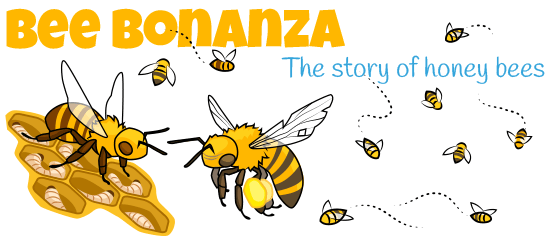
Storing Honey for Longevity
To maximize the shelf life of honey, proper storage conditions are essential. By following certain guidelines, you can ensure that your honey remains fresh and delicious for an extended period.
Ideal Storage Conditions
Honey should be stored in a cool, dry place away from direct sunlight and heat sources. Exposure to heat and sunlight can accelerate the honey’s natural enzymatic activity, leading to potential quality degradation. Room temperature, ideally between 70-80°F (21-27°C), is considered suitable for honey storage.
Container Selection
Choosing the right container for storing honey is equally important. Opt for a container made of glass or food-grade plastic that has a tight-fitting lid. Avoid using containers made of reactive materials like metal, as they can react with the honey and alter its taste. Ensure that the container is clean and dry before transferring the honey to it, as any moisture or residue can promote spoilage.
Using Expired Honey
Even if your honey has passed its prime, it does not necessarily mean you have to toss it away. Expired honey can still find use both in culinary applications and non-food purposes.
Culinary Uses
Expired honey can be used in various culinary applications. Its sweet and rich flavor can still be enjoyable in baked goods like cookies, cakes, and bread. It can also be added to marinades, dressings, or sauces to impart a hint of sweetness. However, in recipes where the honey plays a vital role, it is best to use fresh honey for optimal taste and quality.
Non-Food Applications
Expired honey can find non-food applications around the house. It can be used as a natural moisturizer for the skin, a soothing ingredient in homemade facemasks, or even as a hair conditioner. Its antibacterial properties make it useful for wound healing or soothing minor cuts and burns. Expired honey can also serve as a natural sweetener for your gardening endeavors, attracting pollinators to your plants.
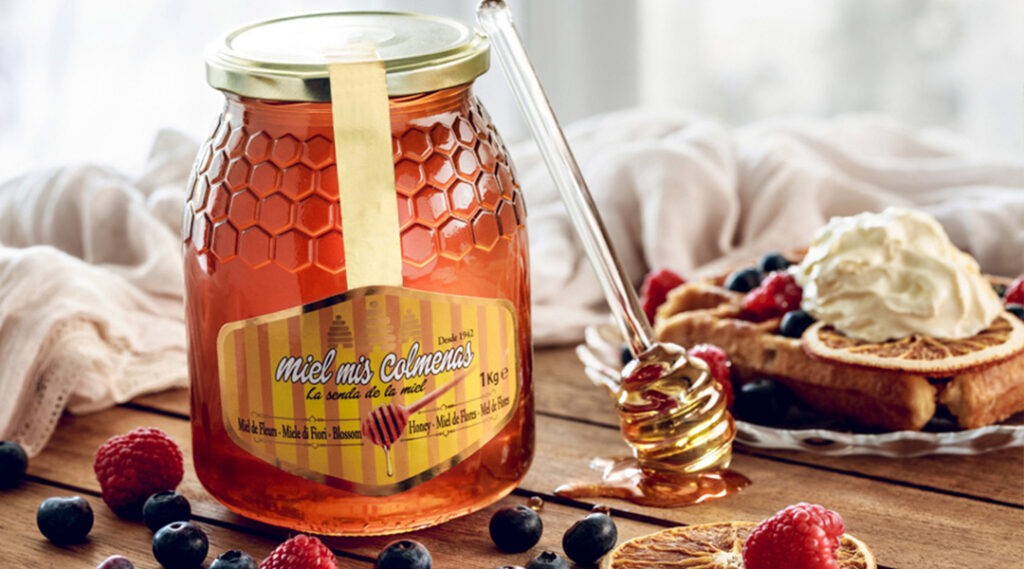
Enhancing Honey’s Shelf Life at Home
To ensure the longevity of honey, there are some simple yet effective practices you can follow at home.
Proper Handling and Storage Techniques
To maximize the shelf life of honey, always use a clean and dry spoon or utensil when scooping out honey from the jar. Avoid introducing moisture or contaminants that can promote spoilage. After use, make sure the lid is tightly sealed to prevent air, moisture, or other impurities from entering the container. Store the jar in a cool, dry place away from direct sunlight or heat sources.
Conclusion
Honey, with its natural preservative properties and high sugar content, has an exceptional shelf life. Whether it’s raw or processed, honey can be stored for extended periods without significant changes in quality or spoilage. By understanding the factors that affect honey’s shelf life, properly storing it, and recognizing signs of spoilage, you can enjoy the delicious liquid gold for months or even years. So, savor that jar of honey with confidence, knowing that it will remain a sweet delight for a long time to come.
